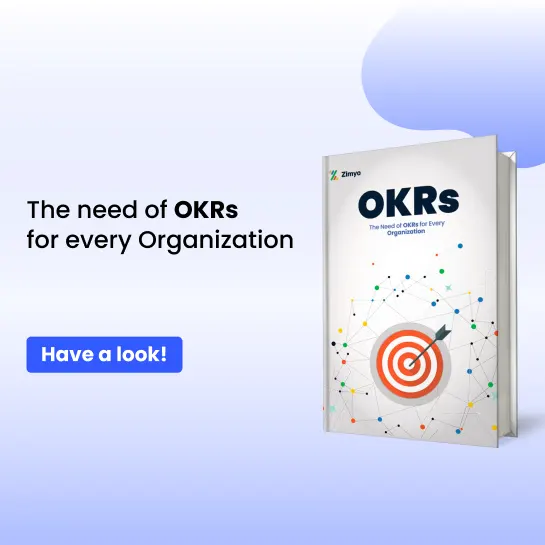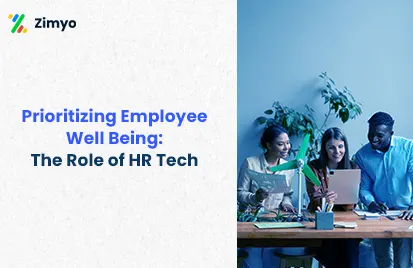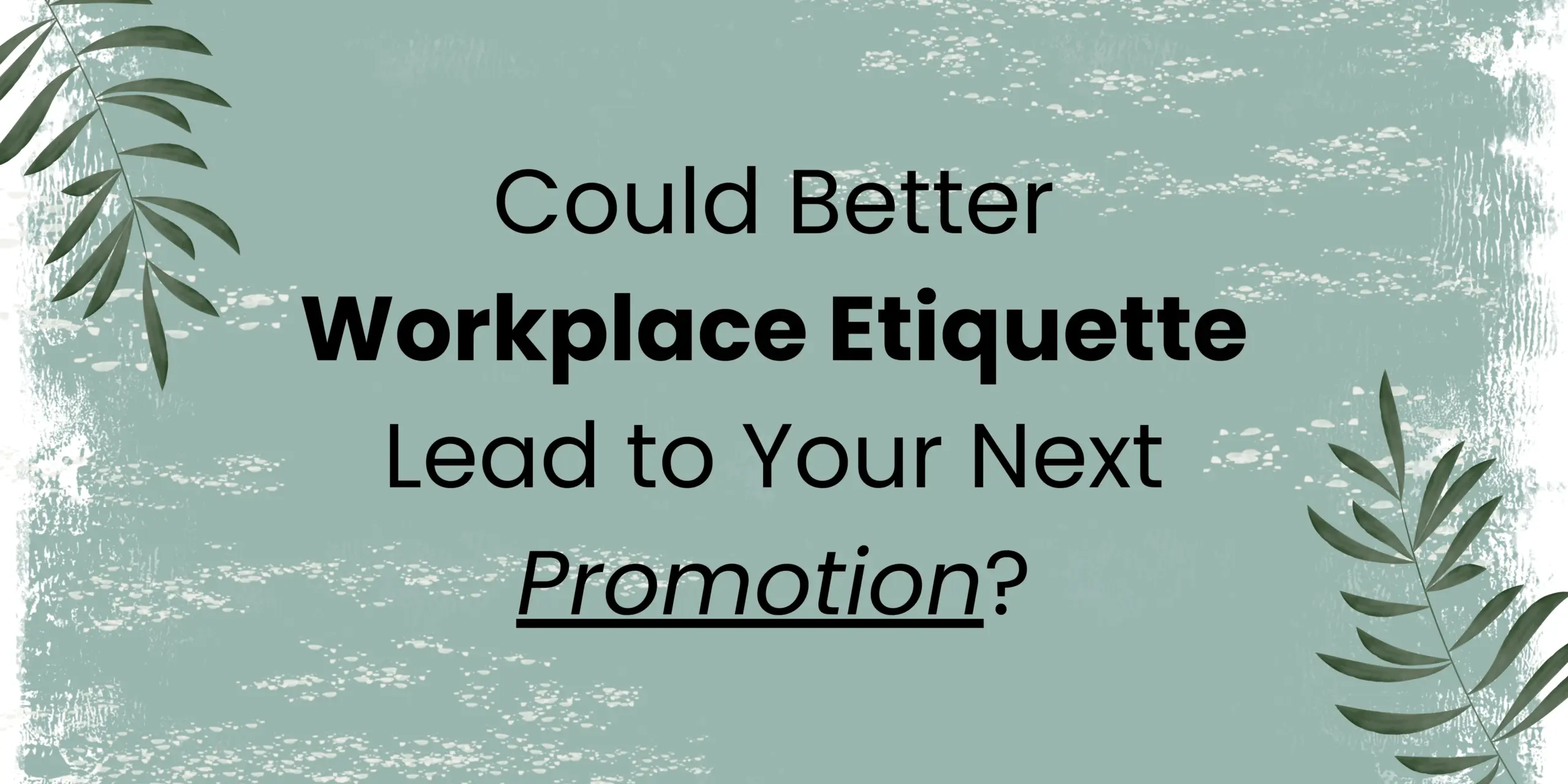It’s been a whole year since the pandemic started and there seems to be no end in sight.
Pandemic fatigue is plaguing organisations and employees, even more so in 2021 as lockdowns continue to get imposed and new strains of the virus emerge. Even with vaccines bringing in some hope for “light at the end of the tunnel,” there is a lot of anxiety around the future.
Public places are operating at limited capacity and social distancing seems to be the new way of life. Frontline workers are the most affected as they have developed physical, mental, and emotional exhaustion.
The after-effects of the ongoing pandemic have surfaced itself in the form of severe depression and anxiety among employees. Official data shows that the proportion of people in Britain suffering with depression has almost doubled during the Covid-19 pandemic.
What is Pandemic Fatigue?
According to the World Health Organisation, pandemic fatigue is defined as “emerging demotivation to engage in protection behaviours and seek COVID-19 related information and as complacency, alienation and hopelessness.”
When the pandemic began, people were thrown out of their comfort zone overnight. In the beginning, many organisations and their employees mustered the courage and determination to sail through the turbulent tides as a collective force. Organisations responded surprisingly well to the unprecedented challenges.
However, as the pandemic dragged on, these initial spikes in energy levels started dropping. Cut short to today, employees are now mostly tired to even do the bare minimum.
Pandemic fatigue is getting expressed across countries in the following ways:
- People are not following recommendations and restrictions.
- People are decreasing their effort to keep themselves informed about the virus and how it can affect populations.
- People are disengaged, which can reflect in performance problems or policy violations.
- People are reporting more and more mental health problems.
This is the time when leaders find their teams exhausted, grieved and entirely disengaged. If leaders are not proactive right now in addressing the mental and emotional well being of their employees, it might get worse before it gets better.
What Can Leaders Do To Address This Widespread Pandemic Fatigue?
Employers and leaders have the responsibility of addressing the effects of pandemic fatigue on their employees, and finding solutions to lower the risks attached.
Here are a few ways to start.
-
Share reliable and updated information
Keep your employees updated from time to time with the latest developments and how it impacts the business and everyone’s lives. Be it related to numbers, safety information or vaccines, share information from a standpoint of awareness as well as empathy.
There is a lot of fake and misleading information around the pandemic, so share information that has been drawn from reliable and trustworthy sources. This will also help your employees stay updated and help create a virtual atmosphere of trust and compassion.
-
Talk to your people
There has been a lot of shunning away from real issues when it comes to virtual meetings. Pretending that everything is okay is being complacent and can prove detrimental to maintaining trust levels that employees have on their leaders.
Instead of only speaking of business numbers, also find a way to talk real with your employees. Everyone is vulnerable right now and the growing uncertainty can make your people feel lonely. Talking and sharing experiences can help people feel like they are not alone. Try to have honest conversations with your teams and acknowledge the stress that the pandemic has caused to everyone in some way or the other.
Vulnerability can be a very strong connector at this point. Try to be empathetic, hear your people out and be ready to share your own journeys to give them inspiration. Tell them it is okay to not be okay.
-
Communicate your truth
While saying uplifting and motivating things is something leaders have to do at this point, the initiative needs to be handled with the truth. Employees are fatigued and tired of hearing the same things. As a leader, display hope, inspiration and optimism, but also keep the reality in the background.
For instance, the development of vaccines does bring in hope, but it does not guarantee that life will be back to normal as soon as people get vaccinated. Even if a vaccine makes everyone safe, it will still need to be manufactured and distributed till every last person is safe.
As a leader, show your people hope, compassion and light at the end of the tunnel, but also temper it all with realistic expectations around it.
-
Look out for burnout signs
The back to back nature of video meetings and calls have left employees feeling more disconnected than usual, especially from their leaders. Leaders need to prioritise connecting with their employees informally, and not just highlight transactional issues.
Bring your people together and tell them it’s natural to feel the way they are feeling. Allow a psychologically safe space for them to tell you what is causing them to feel disengaged – is it the lack of work boundaries, fears of job security or personal challenges?
Listening to your employees can unravel a lot of hidden signs that might be slowly deteriorating their mental health. Listening should not be a one-time event. Make it as frequent as possible through ways that suit your goals.
In addition to listening, leaders can also use a multitude of data sources through tools like surveys, pulse checks and well being data to understand which segments of the workforce are most vulnerable. They can then prioritise support for the most acute cases.
-
Allow for frequent breaks
The onset of the pandemic saw organisations launch a lot of initiatives from wellness programs to virtual happy hours. While the intent of these efforts were earnest, they have failed to address the real sources of exhaustion among employees. They just became another “task to do” adding to more overwhelm to an already anxious workforce.
Leaders need to look deeper into well being and find ways that help employees secure their mental health in these tough times. For instance, encourage employees to take breaks from their work. Work is creeping into personal lives and because of the fear of job security, employees have stopped taking time off. Leaders need to legitimise and role model the need to recharge, instead of putting more work hours into their employee’s usual days.
Encourage your employees to unplug and come back recharged. This will not only boost morale, but also let employees know that their leaders truly care, a trait that completely goes missing even when leaders mean well.
Create a more manageable environment for them by helping them focus on work that matters most. Objectives and Key Results (OKR) have been seen to be a great way to keep remote employees focused, driven and prevent overwhelm by dividing tasks into small, achievable goals. Along with this, limit the number of video calls and meeting employees can have per day or week, and only encourage participating in those where they can truly add value.
We are still in the middle of a global crisis and strong leadership can change the course of the future for the better. Taking care of the vulnerable workforce, navigating through an uncertain economic climate, and being compassionate and empathetic towards it all seem to be steps that are no longer an option for leaders. By exploring these points above, leaders can protect and nurture their talent, and make them feel safe when the outside world seems to predict otherwise.
Small steps like these can create a massive difference in the larger scheme of things. When it comes to ensuring employee wellness, you need to constantly listen, test, measure and repeat.







